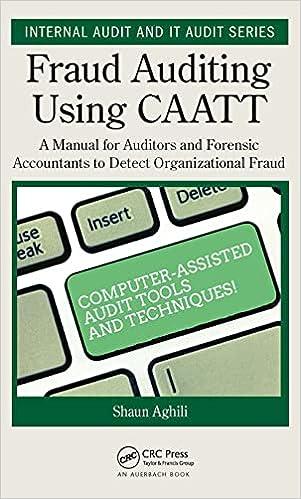
Sorry for posting in the wrong category, wasn't able to find the government category.
IVARO In Easley v. Cromartie (2001), the Supreme Court considered the constitutionality of North Carolina's 12th Congressional District's 1997 boundaries for the fourth time. Evidence showed that the district's shape was unusual, as was its splitting of towns and counties and its high African American voting population (47%). The lower court found the district unconstitutional because race (rather than the desire to protect Democratic incumbents) was the predominant factor in the drawing of the boundaries and that therefore voters were being segregated by race. The lower court based its determination in part on its finding that the legislature excluded many heavily Democratic precincts from District 12, even when those precincts immediately bordered District 12 and would have established a far more compact district. For example, the legislature included precincts that were 40 to 100 percent African-American and excluded precincts where the African- American population was less than 35 percent but had a composition of between 54% and 78% registered Democrats. The Supreme Court held that no constitutional violation had occurred and found that the district had been drawn for political purposes, i.e., to elect a Democrat. The Supreme Court stated the following in its ruling: Evidence that blacks constitute even a supermajority in one congressional district while amounting to less than a plurality in a neighboring district will not by itself, suffice to prove that a jurisdiction was motivated by race in drawing its district lines when the evidence also shows a high correlation between race and party preference, C D Executive Assista... How to Create a 3D... G Google M Gmail YouTube Maps News Translate Final Drall If district lines merely correlate with race because they are drawn on the basis of political affiliation, which correlates with race, there is no racial classification to justify.... As we said before, the problem with this evidence is that it focuses upon party registration, not upon voting behavior... In part this is because white voters registered as Democrats "cross-over" to vote for a Republican candidate more often than do African- Americans, who register and vote Democratic between 95% and 97% of the time... A legislature trying to secure a safe Democratic seat is interested in Democratic voting behavior. Hence, a legislature may, by placing reliable Democratic precincts within a district without regard to race, end up with a district containing more heavily African-American precincts, but the reasons would be political rather than racial. In a case such as this one where majority-minority districts (or the approximate equivalent) are at issue and where racial identification correlates highly with political affiliation, the party attacking the legislatively drawn boundaries must show at the least that the legislature could have achieved its legitimate political objectives in alternative ways that are comparably consistent with traditional districting principles. That party must also show that those districting alternatives would have brought about significantly greater racial balance a) Identify the constitutional clause that is common to both Shaw v. Reno and Easley v. Cromartie. a) Identify the constitutional clause that is common to both Shaw v. Reno and Easley v. Cromartie b) Based on the constitutional clause identified in part A, explain why the facts elucidated in Easley v. Cromartie might have led to a different holding than the holding in Shaw v. Reno. c) Describe an action that members of the public who disagree with the holding in Easley v. Cromartie could take to limit its impact


 Sorry for posting in the wrong category, wasn't able to find the government category.
Sorry for posting in the wrong category, wasn't able to find the government category.





